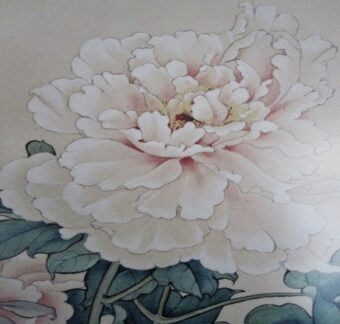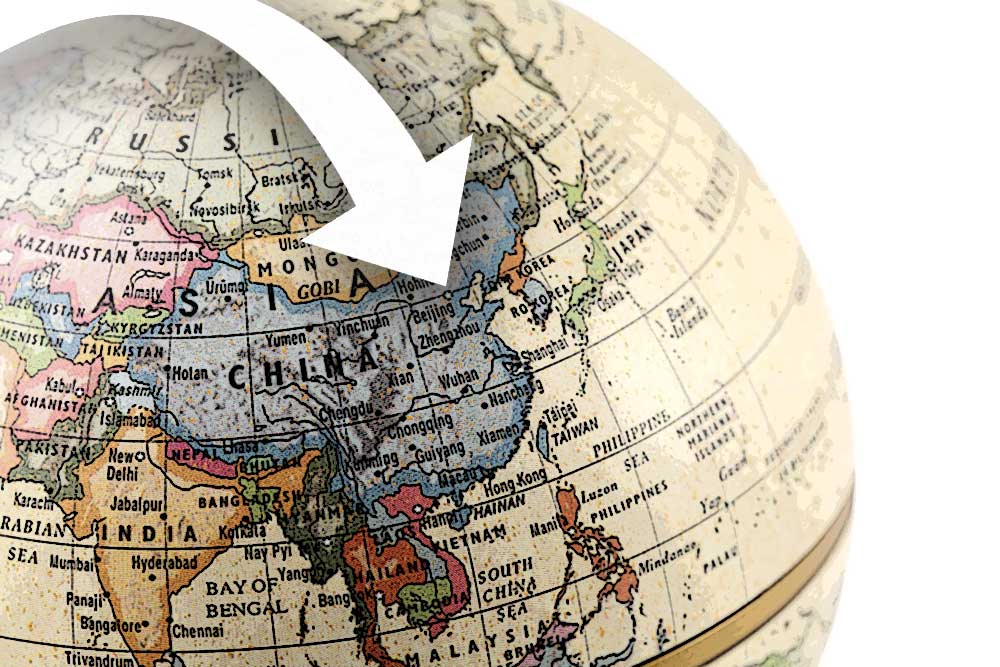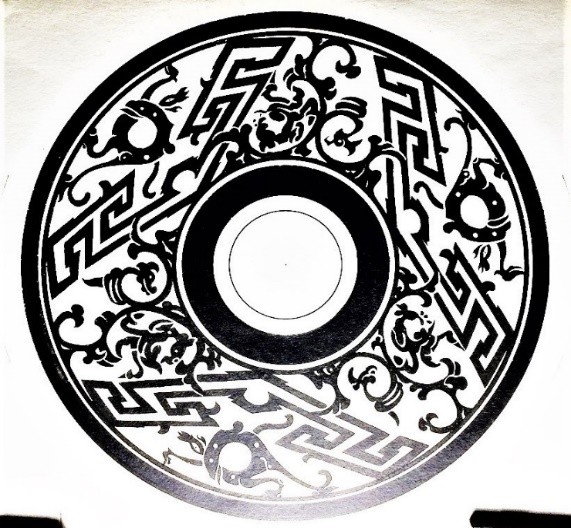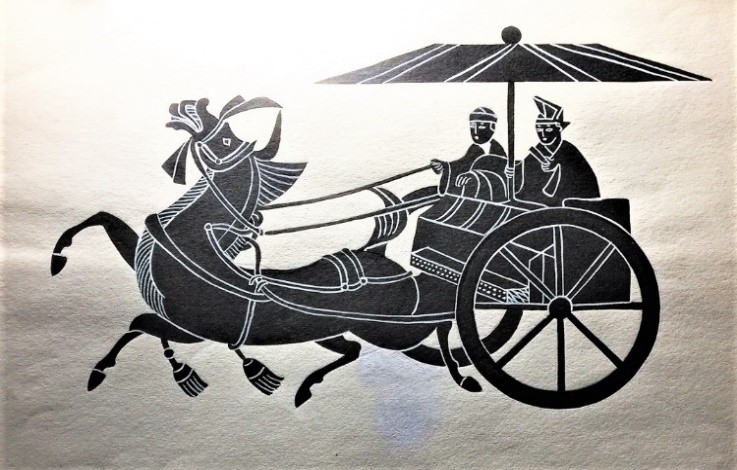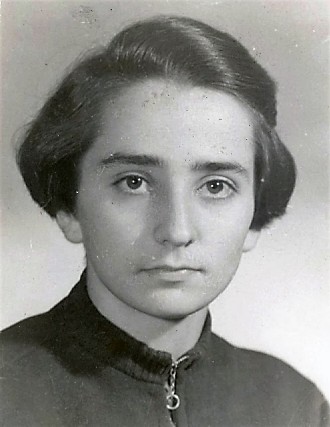To paint in traditional, Chinese guo hua (国画) style on rice paper, we spent time learning the basics: how to hold the brush, how to prepare the ink and how to control the ink flow. To get the feeling of how Chinese artists perceive their surrounding, what they notice, before starting our own attempt at composition, we were encouraged to copy paintings by recognized artists in every Chinese style studied.
Guo hua has two main styles:
- Gongbi (工笔), the old classical style, expresses its subjects using contour lines of various quality: thick, thin, light, heavy, strong, weak, and so on. Mineral colors are added after all contour is done. The rice paper used has binder in it and it is not porous. Sometimes the support can be a piece of silk, frequently covered with washes of concentrated tea for an antique look.
- Xieyi (寫意), synonym with free style appeared as a reaction of artists wanting to break the imposed, rigid rules of Gongbi style.
Guo hua has three major themes:
I studied each theme with a well known Chinese artist professor. To be highly efficient, artists choose one theme in which he or she specializes, aiming to attain perfection. I found that applying Chinese work discipline, my learning was amazing and challenging.

